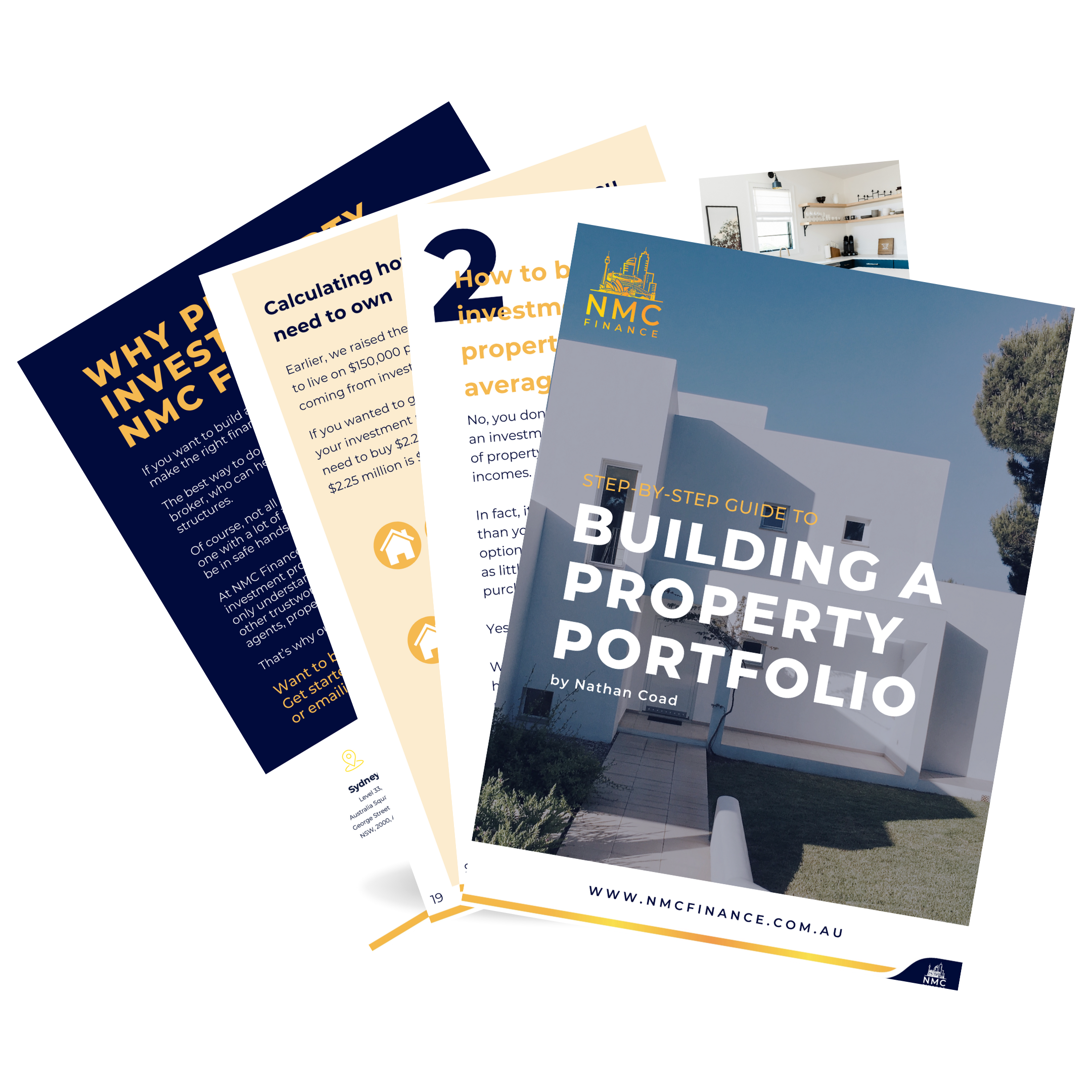In the realm of loan applications, every financial decision counts. So, if you’re planning on applying for a home loan in 2024, here’s what you need to know about how the banks will assess your spending habits and some practical tips to increase your chances of a successful application.
Lender scrutiny and spending habits
Lenders aren’t just glancing at your application; they’re conducting a deep dive into your spending universe. From the weekly takeaway to retail splurges- it’s all laid out on the table and analysed to ascertain your financial responsibility.
While smart money management can brighten your prospects, certain choices you’re making could be casting shadows over your application. Specifically, the use of buy now, pay later services, regular dipping into savings, store credit cards, and consistent cash withdrawals could be damaging your chances of approval.
- Influence of ‘buy now, pay later’ services. Buy now, pay later (BNPL) platforms, although unconventional in their credit nature, wield unexpected influence over credit scores. Enquiries made during BNPL applications leave lasting impressions on credit reports. Defaults on payments narrate tales of financial strain, impacting credit standings and loan eligibility. So, while BNPL may be tempting, carefully consider whether it’s worthwhile long-term.
- Understanding savings habits. While occasional dips into savings seem reasonable, frequent withdrawals might raise questions about budgeting and repayment capabilities with potential lenders. Life happens, and unexpected costs arise, so ensure you’re budgeting accurately to accommodate unforeseen expenses while demonstrating genuine savings.
- Navigating store credit. Store credit cards offer alluring benefits but often accompany high interest rates. Not to mention, missed payments on these cards accumulate significant costs. Be aware of how many store credit cards you have and how many applications you submit, as multiple cards could signal excessive credit pursuit.
- What about cash transactions? Cash transactions, though favoured by some, add an enigmatic touch to financial narratives. It can be difficult for lenders to track your cash spending, which may raise questions about your spending habits.
What do lenders look for in bank statements?
Bank statements, seemingly mundane, hold a wealth of financial truth. Each transaction contributes to your financial narrative. Here’s what lenders are looking for:
- Income Consistency: Regular income sources paint a portrait of financial stability, offering reassurance to lenders.
- Expense Categories: From housing to entertainment, expenditure categories weave a tapestry of financial priorities. Lenders peruse these segments, seeking a balance between essentials and discretionary spending.
- Fiscal Responsibility: Exhibiting financial prudence, maintaining healthy balances, and managing debts sensibly resonates favourably with potential lenders, strengthening your appeal as a responsible borrower.
Setting the stage for a financially fit 2024
As the New Year approaches, now is the perfect time to fine-tune your finances in preparation for home loan applications. Here are some tips to help you get started:
- Pay down your debts: Clear your outstanding debts to help strengthen your financial standing.
- Grow genuine savings: Consistent savings patterns portray fiscal stability, a magnet for potential lenders.
- Curb discretionary spending: Trimming non-essential expenses reallocates resources, signalling readiness for future financial responsibilities.
- Setup auto payments: Automating payments showcases reliability, a testament to disciplined financial behaviour.
* This blog is intended for general informational purposes only. For personalised advice tailored to your unique financial situation, please contact NMC Finance.

